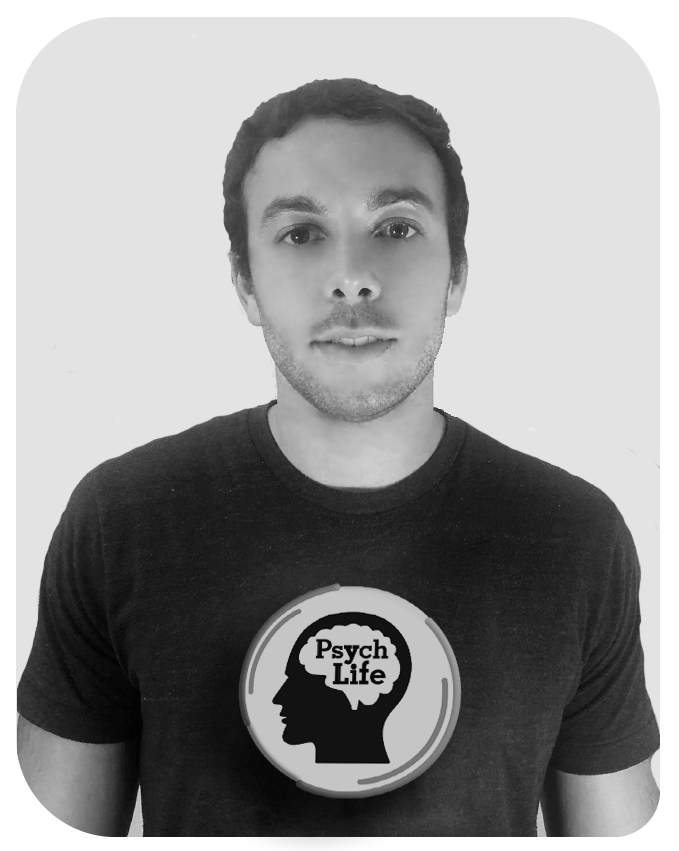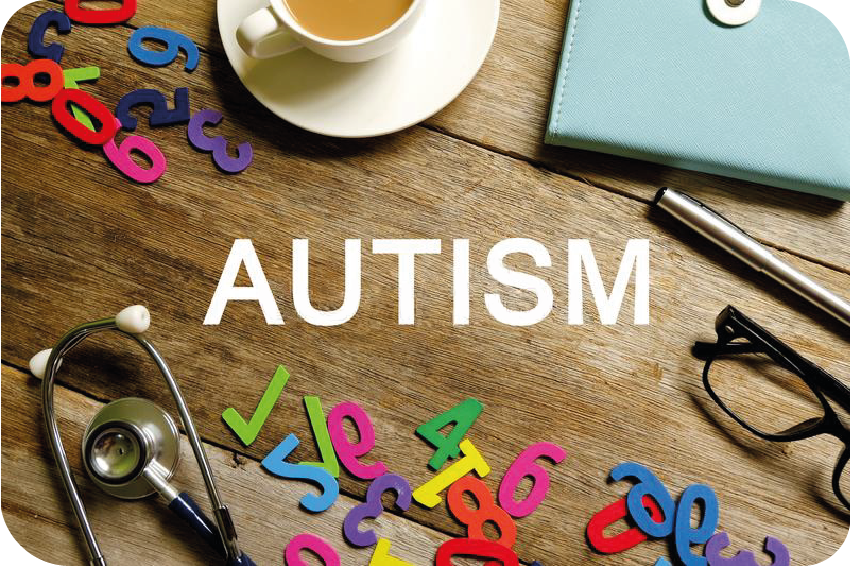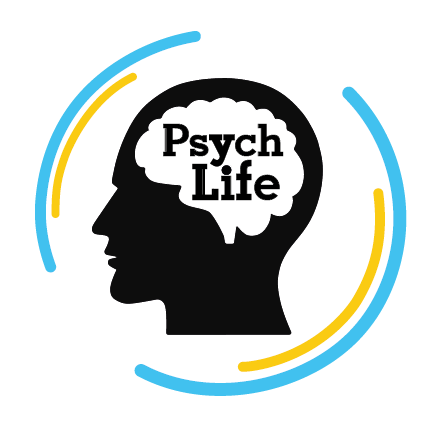
- May 9, 2020
- 6:03 pm
The Adolescent Brain
The process of evolution choose the ability to be social as the most important factor for human survival. There is no coincidence the human brain is larger than the brain of other species in proportion to body size; increasing evidence is starting to suggest that one of the primary drivers behind our brains becoming so enlarged is to facilitate our social cognitive skills; in other words, our ability to interact and get along with other humans.
Many assume the smartest individuals are those with dazzling analytical skills, but from an evolutionary perspective, perhaps the smartest among us are those with great social skills. If we can understand the adolescent brain, through the perspective of evolution; then we can begin to understand that human beings are social creatures biologically wired to connect with others who hold the same beliefs and values, socially constructed through those we have come in contact with.
The comprehension of the notion which entails the association that humans are social creatures is essential when attempting to understand adolescents. The term “The Default Network” is a new term being used by neuroscientist to describe the state of mind our brain enters almost every time we become ideal. Matthew D. Lieberman who is an expert in in the Social neuroscience field has stated “The Default Network comes on when we are given a break from performing cognitive tasks is involved in social cognition; which is the capacity to think about other people and ourselves”. It is important to conceptualize the importance of The Default Network in the human brain because it allows for the understanding of the adolescent mind. Adolescence is a period in which the second family becomes very important to a teenager, and it’s because social acceptance is and always has been biologically wired in us for survival purposes.
Human nature consists of sociality, which can be traced as far back as the first mammals, well over 250 million years ago through the evolutionary process called adaptation that promotes survival and reproduction as a whole. 250 years of mammalian evolution has allowed for the adolescent brain to intensify bonds we feel with those around us, and increase our capacity to predict what is going on in the minds of others so that we can better coordinate and cooperate with them. In other words, the adolescent brain is wired to connect with others which is why we tend to hold the beliefs and values of those around us.

Throughout history humans have had to live among each other in groups. The obvious advantage to living in larger groups is that predators can be strategically easier to avoid or be dealt with. It can be very difficult for a individual to be focused on finding food if they are paranoid about being food, and it could have been very dangerous to go out to the wide open fields looking for food by yourself. Another great example is all the important innovations created by humans over the course of our evolution, such as; steam engines, light bulbs, hammer, X- rays, the internet. What makes these innovations so fascinating is that every single innovations through out the course of evolution was created by one or a few individuals but eventually was shared with the world at large. The majority of individuals create very little that advances society, but each of us need to navigate complex social networks to be successful in our personal and professional lives.
Neuroscientist over the recent decade have been investigating the links between social and physical pain. In a attempt to understand the links between social and physical pain, scientist have focused primarily on the region of the human brain called the Dorsal Anterior Cingulate Cortex, or dACC. The dACC is an important region in the brain because it is what distinguishes mammals from our reptilian ancestors; it has that highest density of opiod receptors of any region in the brain, so it makes sense that physical and social pain may well be linked in this area. Pain tends to feel like a single feeling while we are experiencing it, causing us to believe that it is counterintuitive to imagine social and physical pain to be separate. It is important to understand that social pain and physical brain are not so different because then we can understand the struggles adolescents go through in harnessing pain. It would explain why adolescents tend to value social acceptance above wisdom from parents.
More to explorer

Autism Spectrum Disorder

Individual Development

Family History

The Mind & Brain Relationship.

